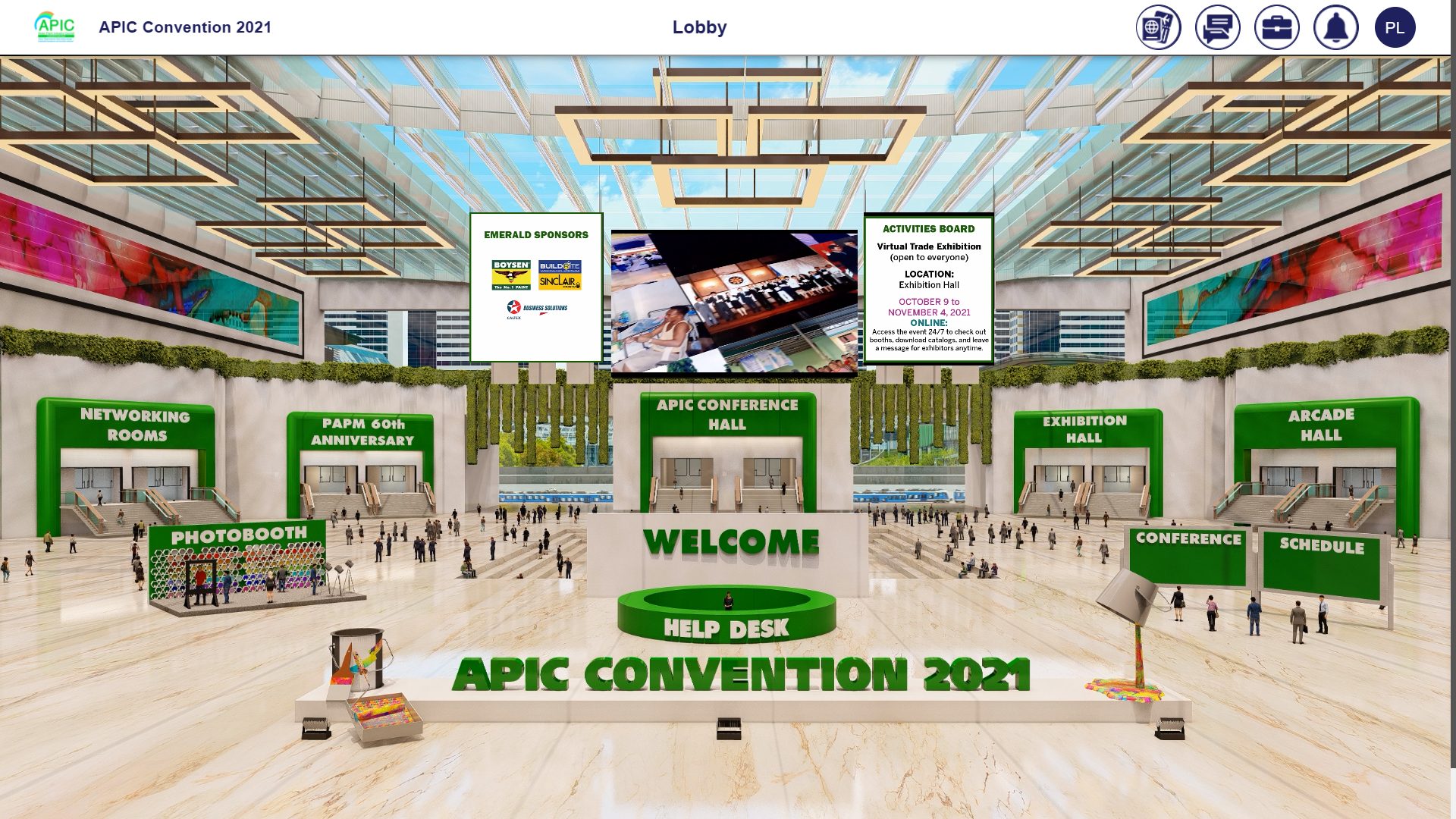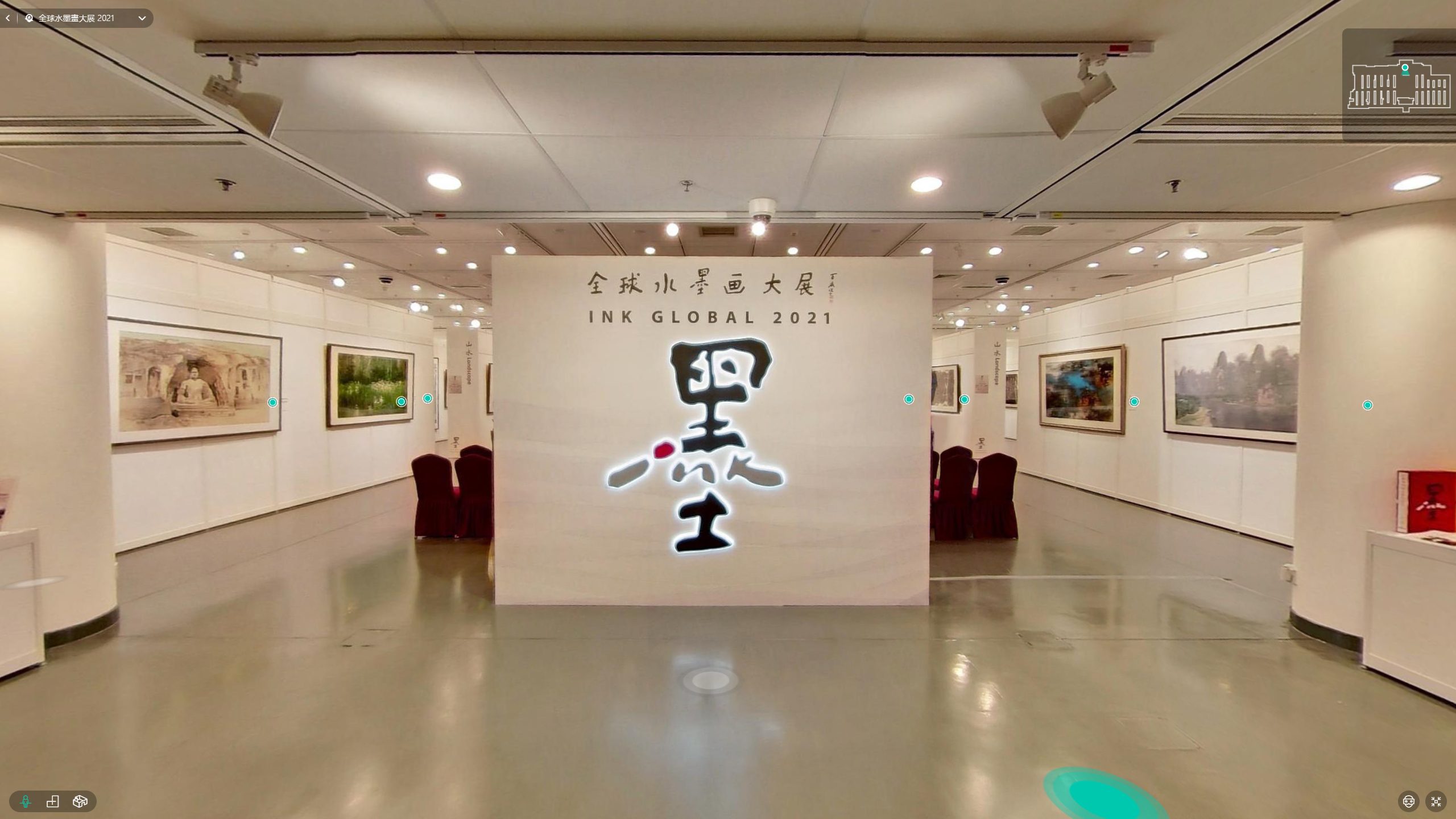Incentive budget breakdown
• Awards – 80 percent
• Communications – 15 percent
• Administration – 5 percent

Incentives programmes can sometimes appear to be nebulous. They seem to be something every company should be interested in, but what are they exactly? How effective are they? And how does a company leverage a sophisticated incentives programme to achieve its business goals?
Currently in Asia, groups tend to fall into one of two categories: those that are less knowledgeable about the incentives market and still turn to packages such as leisure trips or lifestyle goods; and those that realise that brand values can be reinforced with a corporate event or trip.
Explains Johnny Nee, general manager for North Asia, Tourism Australia: “An incentive programme has to be enhanced or promoted before people start selling. It’s about the beginning, not the afterward. People need to know what the target is this year, and know, ‘if I meet my target, what do I get?’
“This is a powerful way to generate more business. If you compare the money spent on incentive travel with another type of bonus – cash or a leisure trip – there is no question you get more out of an incentive trip.”
Michael Chiay, director at Ovation, an MCI-owned company that designs and implements incentive programmes for companies big and small, says discussions generally revolve around the notion of “return on objectives” rather than return on investment (ROI).
Chiay says: “Focusing too much on ROI can be counterproductive because you are dealing with people, when you drill down to just numbers, the psychology and emotions can’t be measured.”
Whether the aim is sales or employee retention, companies are seeing the value of incentives programmes as an important investment in the success of the company. A number of incentives professionals noted that even though budgets have become tighter, one of the trends they noticed throughout 2009 was that budgets for incentive programmes did not shrink. Particularly for clients in China, “their programmes for sales and sales partners did not change”, says Chiay.
Incentives in the downturn
One of the other insights is that programmes like these are achievable in times of economic uncertainty. They show a commitment and dedication to employees, and can reveal valuable information about the operation while potentially increasing revenue.
Incentive programmes have several advantages in tough economic climates, including low fixed costs, flexibility, the potential for both short- and long-term results, and the ability to reach a target audience directly.
Generally speaking, companies should allocate a fixed percentage of their targeted revenue for the incentive programme, for example five percent. So if a company seeks to increase sales by US$10million, it should allocate US$500,000 to the programme.
As a rough guideline, awards at the end of the incentive programme should be about 80 percent of the overall budget, the communications component about 15 percent, and the administration about five percent. Again, this varies from programme to programme, but is a baseline for expectations.
Compared with advertising, direct mailers, PR and other marketing channels, incentive programmes require the least in fixed costs, and offer the most in terms of rewards. According to the breakdown above, 80 percent of the budget is only spent when the goal is met. This means that at the point the company actually has to part with the money, the sum has already been made several times over by those who earned the incentive.Communication does not require a significant outlay either. Low-cost (or even free) internet portals can host updates, news and information about the programme, emails can be distributed to personally target employees to reach entire departments. The whole structure is set up to communicate with the people who can articulate the company’s message best – the employees.
The short-term impact of an incentive programme is likely pre-determined, but the long-term impact of a change in behaviour, attitude and the way that business is done can be immeasurable. The marketplace today is not binary, which means a “do this and get that” mentality is counterproductive. Relationships are key to business deals and the way that customers and clients are treated is more important than ever. For this reason, metrics that address things such as the way that a caller is greeted, formalities in email communications and the frequency of
return client orders should be built into incentive programmes.
What makes an incentive?
It is important to remember that incentive programmes are designed to motivate, and should have that effect on everyone involved in the programme, even those who do not win the big, grand prize.
Chiay says: “An incentive is not an incentive until the group gets to experience something they would not get anywhere else. Special experiences are very important.”
Just what that means varies from group to group, depending on the goals of the programme. For direct-selling companies such as Amway or Herbalife “you are dealing with a highly motivated group of people at an event because they have reached a certain sales benchmark”, Chiay explains. In certain instances as well, while the ability to attend might be subsidised, often attendees pay their own way. In return for their enthusiasm, efforts and substantial yearly sales, the focus of the event theme and itinerary is
individual recognition.
While recognition should be a strong component of any incentive travel or event, Chiay says “direct sellers need to do it much more, but other companies can translate that into luxury and experience”.
The VIP treatment starts in the communication of the programme, which is defined by the objectives set out by the company. For instance, Chiay notes that over the past 18 months, many banks and financial institutions have been positioning or re-positioning a brand after mergers.
“This includes reaching out internally to staff and externally to clients, where the goal is to communicate with two groups and effectively integrate these two different groups into one.”
And “because it’s an incentive, there needs to be anticipation. We advise clients to have an element of surprise in the communication with delegates.”
One of the group’s clients has a yearly programme in which certain clients are flown to Hong Kong for the Rugby Sevens. “The teaser this year was sending out a model of the rugby pitch with the players inside. The pitch was in the clients’ colours. The next installment was the invitation itself, which was sent all over the world.”
Whatever the strategy, sophisticated programmes – such as access to special events, concerts and travel to interesting destinations, with cultural experiences unique to the programme – are ideal because they reinforce the brand’s message and continue the motivation behind the programme.
“You get more for your money by not doing simply leisure trips. For that, people go away they come back and that’s it. But, with a structured programme, you communicate with these people over the course of the trip and they come back believing the brand is a really strong one.”
The value of the programme may be measured in a variety of ways, but every incentives scheme should have an extensive qualitative and quantitative follow up.
Beyond sales
A study “Assessing the Impact of Sales Incentive Programmes: A Business Process Perspective” was conducted by Dr Srinath Gopalakrishna from the University of Missouri-Columbia, on behalf of the Incentive Research Foundation.
The research focused on the ROI approach companies take to their programmes. He found that a “business process” approach led to a net ROI of 84 percent, following a distributor sales incentive programme for a tool manufacturer, compared with a projected ROI of 92 percent had the company focused solely on sales growth.
“Developing an incentive programme with a focus on sales growth alone is myopic,” says Dr Gopalakrishna. “Its impact extends beyond the sales function to other constituents and processes within the organisation.”
Dr Gopalakrishna believes that just increasing sales can have adverse side effects on a business that actually hurt the bottom line. This could include a negative effect on cashflow, a possible disruption in the supply chain, an increase in shipping costs to procure new items, and the need for additional workers – even temporarily – to fill part of the increased sales volume.
In this case, the distributor’s incentive programme established performance targets and rewards in four key areas:
• increasing the sales volume of products
• improving the invoicing
• providing the manufacturer with flexibility in shipping dates
• increasing distributor knowledge of specific products to support sales objectives
By using one programme to address all of these issues, a number of variables could be tracked and benchmarked over the course of the programme. These metrics included data like the monthly cost of goods sold, accounts receivable at the end of the month, the cost of the incentive programme, additional costs incurred by procurement and sales, and several other hard numbers that could tell the company precisely what it was achieving from month to month.
This particular example illustrates the way in which an incentive programme can be used not just to sell more goods or increase revenue, but more importantly to address inefficiencies across a number of functions within the company.
This might be the ideal, but when economic times are tough, companies largely focus on sales, revenue and client retention.
Even if these are the pre-determined goals, says Chiay, “we have a post-event debrief and analysis that encompasses a sophisticated feedback system.”
At times this may not be evident until later on down the line.
For instance, when used as a management tool to increase staff retention, feelings and attitudes toward the company can be gauged immediately after the event, but three- and six-month polls about the same attitudes will determine the lasting impact of the programme.
An incentive programme is not simply a fancy term for a reward programme. When designed correctly, they offer a way to recognise employee, client and partner contributions, address operational issues in a constructive way and dramatically increase sales and revenue.
Companies should look at these programmes not as a cost or expense, but as an investment. If properly prepared and monitored, by the time the incentive programme is completed, it has already paid for itself many times over.
The incentive challenge
A study by the Incentive Research Foundation in mid-2009 asked: “In your opinion, what specific actions should be taken by the incentive industry to properly position the value of incentive industry offerings as we emerge from the current economic downturn?”
Explain/educate the value of incentive programmes (37 percent)
Lobby government/educate government on programmes value/ROI (35 percent)
Lobby/educate press and media about benefits of incentive programmes (30 percent)
Develop/provide “best practices” for incentive industry (9 percent)
Cancel/decrease or downscale focus on incentive programmes (7 percent)
Expose waste in government (2 percent)
Promote domestic destinations (2 percent)
Focus on non-cash awards (2 percent)
Others (5 percent)


